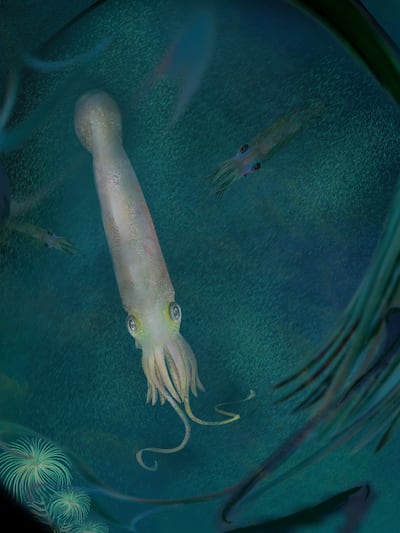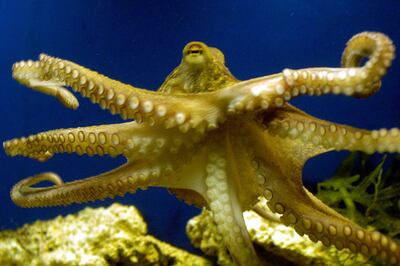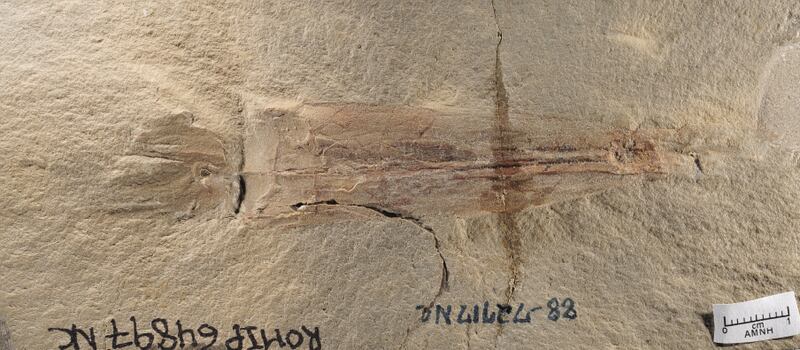Scientists say they have identified the oldest-known relative of octopuses after unearthing a fossil in central Montana, United States.
The species, named Syllipsimopodi bideni after US President Joe Biden, is 12 centimetres long and has 10 arms, two of which are twice as long as the other eight.
The fossil, so well preserved that it reveals two parallel rows of suckers up and down each arm, dates from about 328 million years ago.

"The fossil greatly changes our understanding of how octopuses evolved and indicates that the earliest members of the group superficially resembled living squids," said paleontologist Christopher Whalen, a postdoctoral fellow at Yale University and lead author of the study published in the journal Nature Communications.
Soft octopus bodies ordinarily do not lend themselves to fossilisation, complicating the study of octopus evolution.
Syllipsimopodi pushes back by 82 million years the origins of a group known as vampyropods, whicht includes today's octopuses and the world's lone species of vampire squid, a misnomer because it is not a squid but a cousin of the octopus.
The very word octopus means eight feet. Syllipsimopodi represents the only member of the octopus lineage with 10 arms, meaning two were lost in later evolution. There are numerous similar examples in the history of life on Earth – such as the reduction in the number of digits in meat-eating dinosaurs or horses.

"The arm count is one of the defining characteristics separating the 10-armed squid and cuttlefish line (Decabrachia) from the eight-armed octopus and vampire squid line (Vampyropoda)," Dr Whalen said.
"We have long understood that octopuses achieve the eight-arm count through elimination of the two filaments of vampire squid, and that these filaments are vestigial arms.
"However, all previously reported fossil vampyropods preserving the appendages have only eight arms, so this fossil is arguably the first confirmation of the idea that all cephalopods ancestrally possessed 10 arms."






